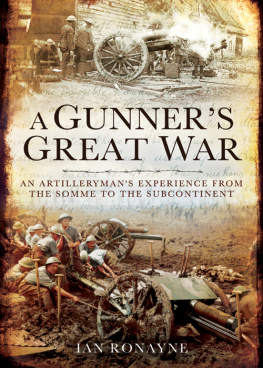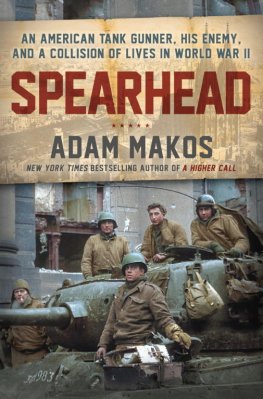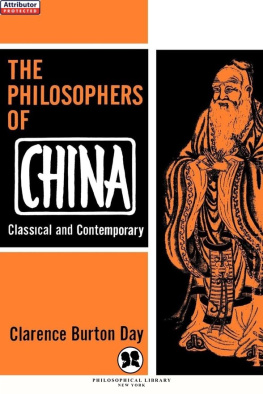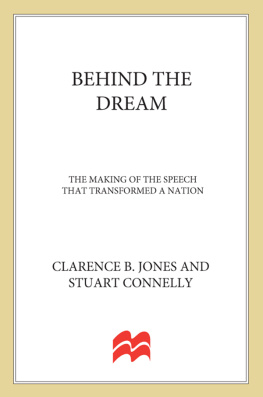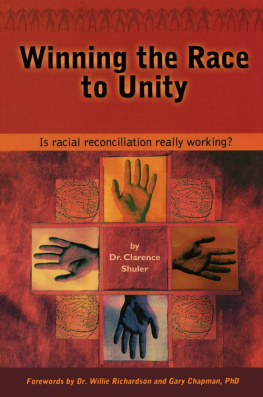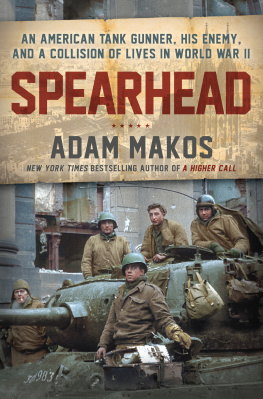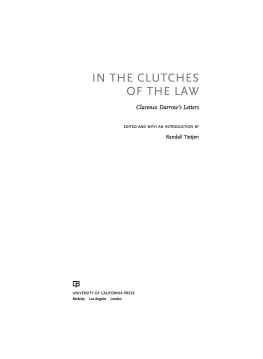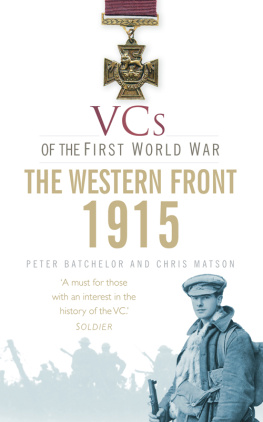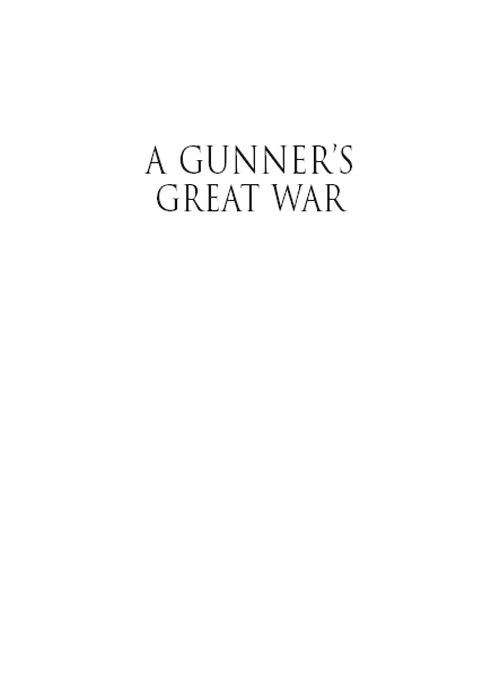
To the memory of William Cockbill, Enoch Hoyland,
Tommy Scott and James Sims

First published in Great Britain in 2012
By Pen and Sword Military
an imprint of
Pen and Sword Books Ltd
47 Church Street
Barnsley
South Yorkshire S70 2AS
Copyright Ian Ronayne, 2012
ISBN 978 1 84884 608 1
Digital Edition ISBN: 978 1 78346 132 5
The right of Ian Ronayne to be identified as the author of this work has been asserted by him in accordance with the Copyright, Designs and Patents Act 1988.
A CIP record for this book is available from the British Library.
All rights reserved. No part of this book may be reproduced or transmitted in any form or by any means, electronic or mechanical including photocopying, recording or by any information storage and retrieval system, without permission from the Publisher in writing.
Printed and bound in England by
CPI Group (UK) Ltd, Croydon, CR0 4YY
Typeset in Times New Roman by
L S Menzies-Earl
Pen & Sword Books Ltd incorporates the imprints of Pen & Sword Aviation, Pen & Sword Family History, Pen & Sword Maritime, Pen & Sword Military, Pen & Sword Discovery, Wharncliffe Local History, Wharncliffe True Crime, Wharncliffe Transport, Pen & Sword Select,
Pen & Sword Military Classics, Leo Cooper, Remember When,
The Praetorian Press, Seaforth Publishing and Frontline Publishing
For a complete list of Pen and Sword titles please contact Pen and Sword Books Limited
47 Church Street, Barnsley, South Yorkshire, S70 2AS, England
E-mail:
Website: www.pen-and-sword.co.uk
Introduction
I never knew Clarence Ahier. He left this life soon after I arrived and long before my interest in military history evolved from curious fascination to outright passion. I like to think that it was this passion openly declared for all to know by then which led to that telephone call a few years back from the library of the Socit Jersiaise. The journal of a First World War soldier had turned up in a donated box of odds and ends would I like to take a look? It was the first time I came across Clarence Percy Ahier and his journal. Looking back, I am certainly glad that we were introduced.
Clarence Ahiers original journal presents itself very well to the reader. Handwritten in a bold and legible style and constructed from meaningful and balanced sentences, it contains clear and insightful descriptions of his time as a First World War soldier in France and Belgium and, at the end of the war, as a member of the garrison in British India. It was written after the war ended, apparently during the late 1920s or early 1930s, by which time Clarence had left the army and returned to his home in the British Channel Island of Jersey. The reason for its writing is unclear. Was it to capture the personal memories from this period of powerful and life-changing experiences while they remained clear? Or perhaps the intention was to share it with family and friends, or to preserve for posterity. Possibly the plan was always to turn the journal into a book at some point, but for reasons unknown it never happened. I like to think that it was the latter, and that this book is therefore fulfilling Clarences ambition and vision. The question I found myself pondering at the start of writing this book, however, was how best to present that vision today.
Whatever Clarences intentions were, he was writing in a world far removed from the one we live in now, and addressing a very different audience. During the 1920s and 1930s, the First World War was still painfully fresh in the minds of the population; no one needed reminding why it started, who fought whom, and how it finished. To present the journal to the widest possible modern audience at the start of the twenty-first century would need something more. The answer to me at least was to place Clarences real-life account of his First World War at the heart of a broader and more contextualised history of the conflict. This would help explain background, elaborate on detail, explore subjects mentioned in passing and analyse cause and effect. Hopefully, this would open up the journal, which, while compelling reading, is tantalisingly fleeting in many areas.
So with a framework and approach settled upon and signed-up, the principal question remaining was whether and how much to edit Clarences original material to suit modern expectations. Fortunately, the answer was straightforward. The quality of the writing and the substance contained in the journal meant only minimal intervention was needed, limited to easing readability by removing some punctuation (Clarence appears to have had an immense love of commas and semi-colons), expanding obscure acronyms, updating a few archaic words and rerendering some times and dates, to ensure a reasonable consistency. In only a few places has a word been added or deleted to aid comprehension and only then because Clarence appears to have missed something out when writing. I hope that he would not have minded.
Finally, while it may be an authors name that appears on a books cover, without the support and assistance of others there would be no cover and no book. With this sentiment in mind, I would like to state in writing my formal thanks to a number of people and organisations who made the production of this book possible. Firstly, and foremost, to the Socit Jersiaise for permitting me access to Clarence Ahiers journal, and especially to their Education Officer, Anna Baghiani, for believing in Clarence in the first place. More on this worthy organisation is found at the back of the book under Sources and Recommended Further Reading. Secondly, to my publishers Pen & Sword Books, for having the confidence in me (and Clarence) at the start of the process, and their support and advice towards the end, and to Martin Mace, editor of Britain at War, for his enthusiasm, encouragement and timely contributions. Thirdly, and closer to home, Catherine Ronayne and Ned Malet De Carteret for their thoughtful reading and feedback and, most especially, to my good friend Barrie Bertram for his patience and proofreading extraordinaire.
Finally, my thanks to Clarence Ahier and the men and women of his generation, for enduring what they endured and leaving us the legacy we now enjoy. Gone but certainly not forgotten.
Ian Ronayne
Jersey
2012
CHAPTER 1
Fair and Square
The War Takes Hold:
August 1914 to October 1915
We werent more than fifteen paces from the water tank, which stood in a trench, when a shell whizzed over, hit it fair and square, and blew it to pieces. I can still hear that officer say thank God, we didnt get that drink, it would have been our last!
We ran along the road for about 100 yards, then took to a trench which ran parallel with it but about 150 yards away. Now the first 50 yards of the trench ran almost at right angles with the enemy lines, and, of course, was exposed to an enfilade fire, which made it almost a death trap. We had nearly reached the bend, into a less dangerous part, when we could go no farther. We kept shouting to those in front to move on, but with no effect. So we burrowed down on our stomachs, expecting every moment that a shell would land right in the trench.
The chap lying near me, an infantryman, was a very panicky individual, and each time a shell would crash near us, he would yell and try to burrow his head under my body no doubt the poor fellow had been shaken up just before, and his nerves were all to pieces. We kept calling to those in front to move along further, but it was no use. So I made up my mind to get out of it. In one of the intervals between the salvoes, I jumped out of the trench and made a dash further up, running along the top. In spite of the certainty of another salvo, I felt curious to know why those chaps hadnt moved further along, and I soon found out

